1. Crisco Shortening: The “Healthy” Oil
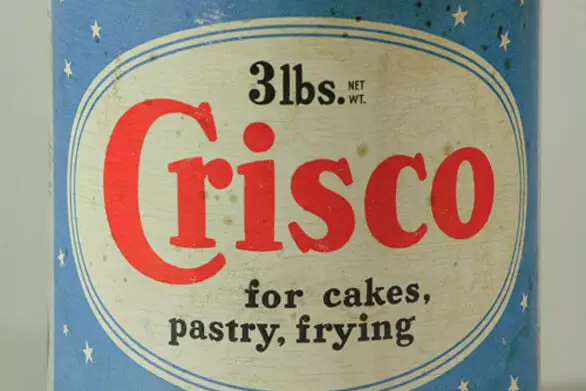
Back in the day, Crisco was marketed as the healthier alternative to butter, thanks to its all-vegetable oil base. The packaging featured a bright and cheerful image of a mother with her family, making it seem like the wholesome choice for a loving home. It was heavily promoted with phrases like “100% Pure” and “Healthier than Butter,” creating the illusion of a heart-healthy product. However, it was full of trans fats, which are far from being beneficial for heart health. Many consumers were misled into thinking it was a good choice for their well-being says Healthline.
In 2006, Crisco revamped its packaging to include a more accurate depiction of the product’s health risks. This shift came after the FDA started cracking down on health claims related to foods high in trans fats. If this packaging had been around today, it would have been forced to include a much clearer health warning. Unfortunately, this kind of misleading branding made it seem like a heart-healthy choice when it was anything but. The shift in regulations now prevents products from making these claims without proper evidence adds Southern Living.
2. Pepsi’s “Diet” Soda in the ’60s
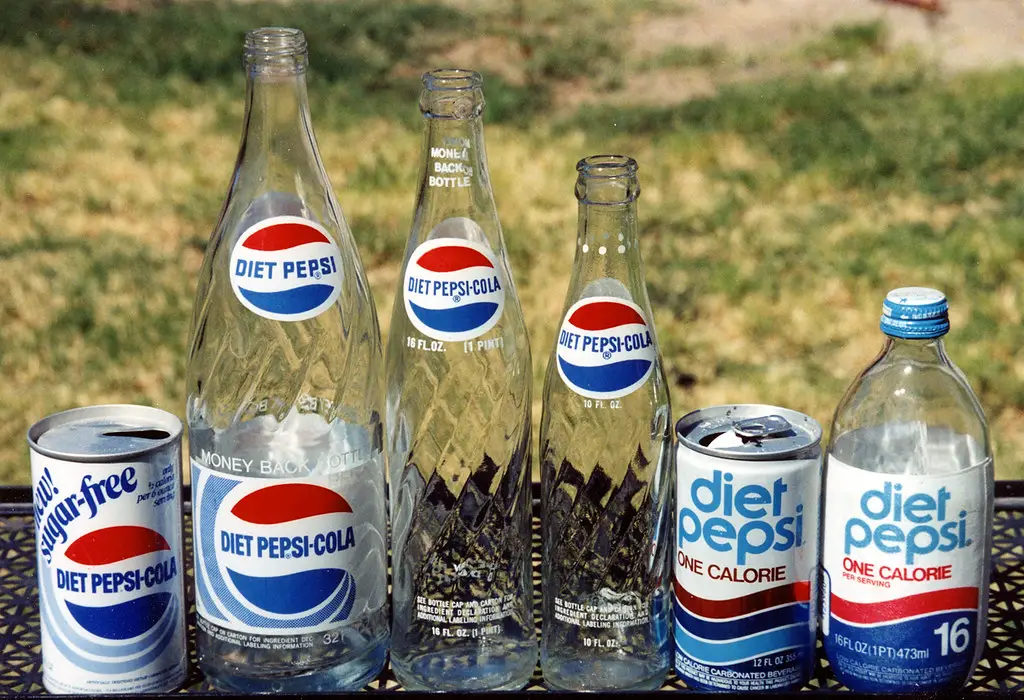
Pepsi’s first diet soda hit the market in the 1960s, and the packaging gave an impression of weight loss benefits that were not necessarily accurate. The bottle was a sleek, modern design, and the label boldly promised that the drink was “for the weight-conscious.” While it did have fewer calories than regular Pepsi, it also contained saccharin, an artificial sweetener that wasn’t widely understood at the time. The diet soda fad was just beginning, and marketing was key to making it popular, but it oversold the health benefits shares AOL.com.
Today, if a company marketed a product that implied it could aid in weight loss without properly backing up those claims, they’d face serious legal consequences. The rise of lawsuits surrounding false advertising and the introduction of clearer labeling laws meant that Pepsi had to change its approach. Modern-day diet sodas have to include more accurate information about ingredients and health risks. If that packaging appeared now, it would likely come under fire for its misleading claims explains Eat This Not That.
3. Lucky Charms: A “Wholesome” Breakfast
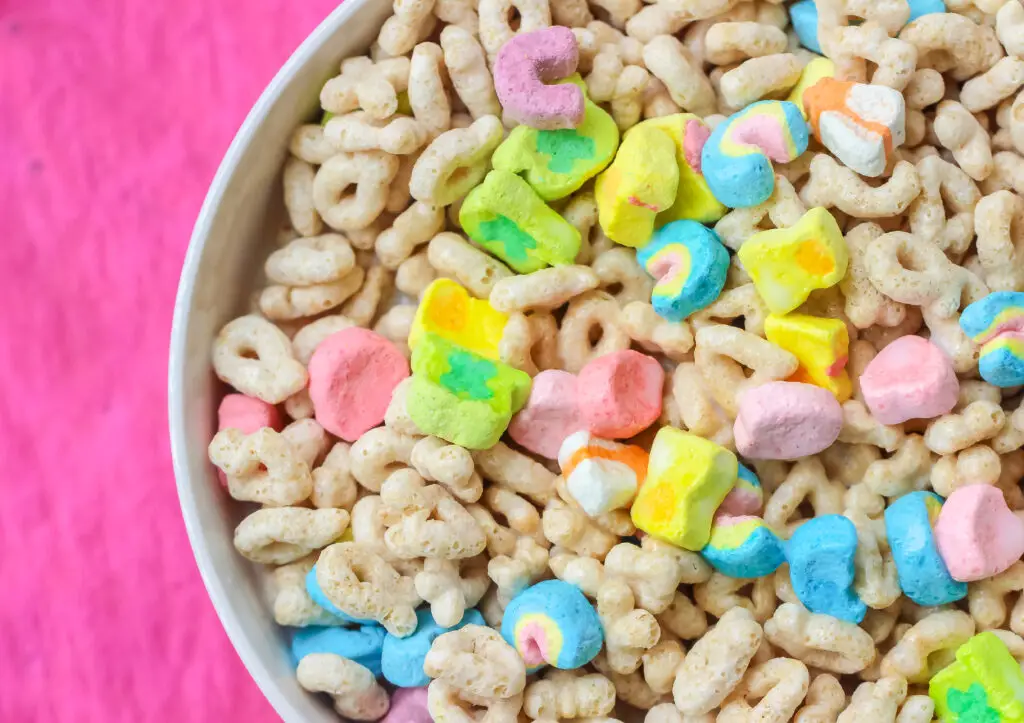
Lucky Charms, with its colorful marshmallows and fun shapes, has long been a beloved cereal for kids. However, its early packaging made the cereal seem far healthier than it actually was. The front of the box featured a smiling leprechaun and a bold claim about being “fortified with 12 essential vitamins and minerals.” While it did have added nutrients, the cereal was also packed with sugar, and the marshmallows didn’t exactly scream “wholesome.” The design seemed to imply that it was a balanced, nutritious choice for children, even though it contained minimal fiber or protein.
Today, marketing like this would likely be banned or heavily altered. Food labeling laws now require greater transparency, so companies cannot make exaggerated claims about a product’s health benefits without showing clear evidence. Parents today are more aware of the importance of reading nutritional labels, so companies must be careful not to make misleading claims. Lucky Charms would have to update its branding to reflect the actual health benefits, clearly pointing out the high sugar content.
4. Fanta Orange: Vitamin C Boost
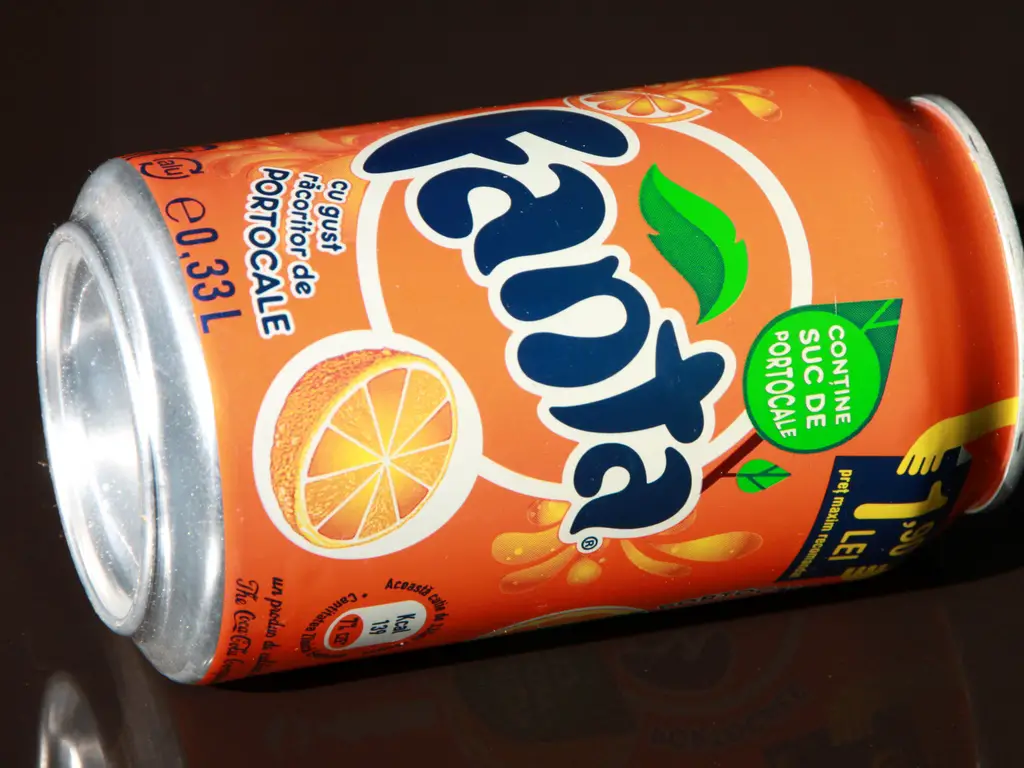
In the ’80s and ’90s, Fanta heavily promoted its orange soda as a great source of Vitamin C. The packaging featured bright orange colors and claims that it “provided a daily boost” of the vitamin, making it seem like an excellent choice for your immune system. While Fanta does contain some Vitamin C, the high sugar content and artificial additives make it far from a health-conscious drink. The labeling blurred the lines between a sugary soda and a genuinely beneficial product.
If Fanta was marketed the same way today, it would likely face a lot of backlash. The FDA would demand clearer labeling, and the brand would have to adjust its claims to avoid misleading consumers. Sugar content is heavily scrutinized in today’s market, and any product that suggests it’s beneficial for health would have to provide substantial proof. Today, any soda claiming to be a healthy option would be subject to strict guidelines about how it’s portrayed.
5. Wrigley’s Spearmint Gum: “It’s Good for Your Teeth!”
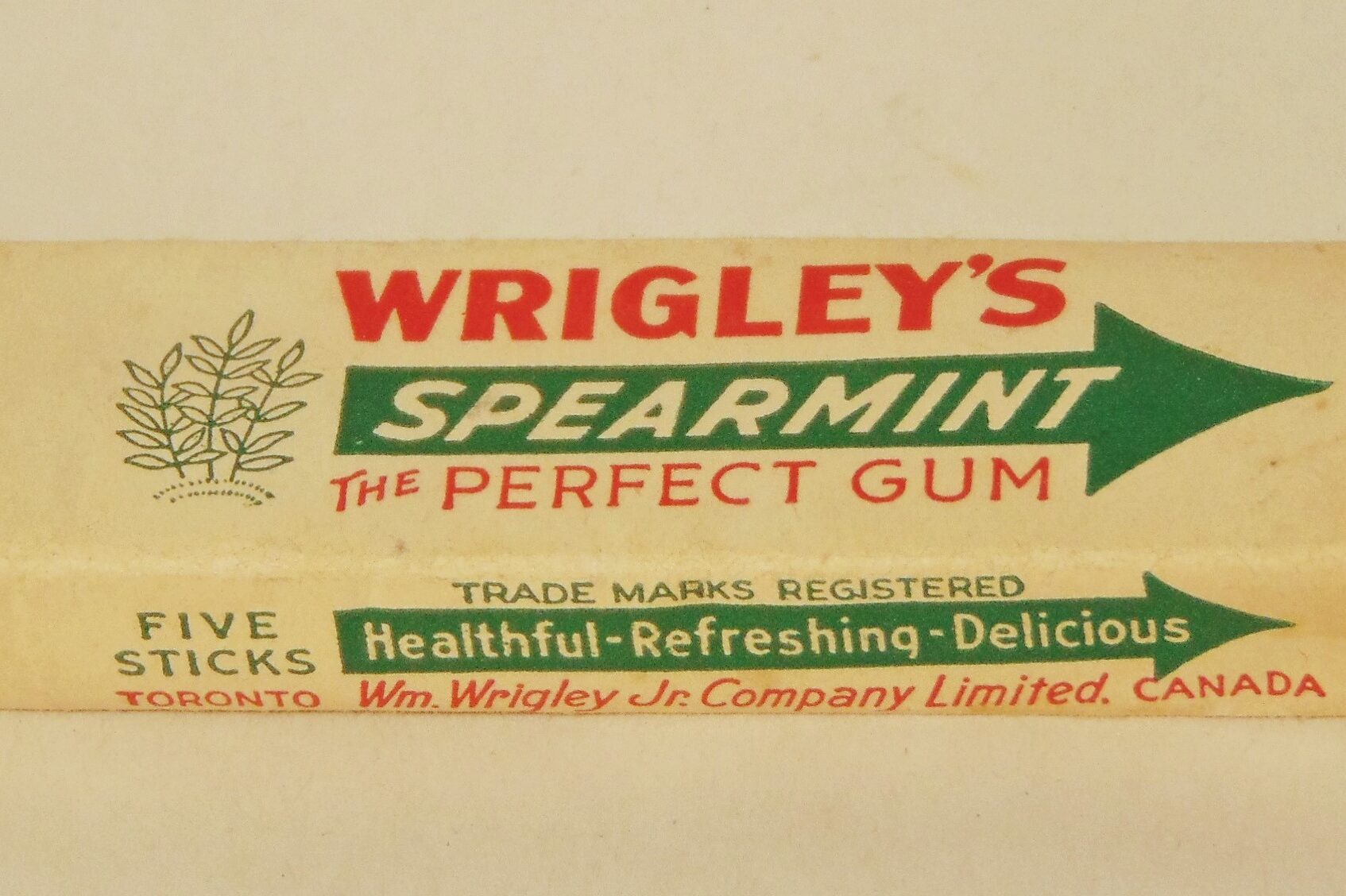
Wrigley’s Spearmint Gum made some bold claims in its early packaging. It featured bright, minty green packaging with the tagline “It’s good for your teeth!” In an era when gum was often marketed as a quick refreshment, this claim gave consumers the impression that chewing gum could contribute to dental health. While chewing sugar-free gum can help maintain oral hygiene, products like Spearmint contained sugar and could cause cavities if over-consumed.
Under current regulations, such claims would be deemed misleading without proper scientific backing. The packaging would have to clarify that only sugar-free gum offers potential oral health benefits, and even then, the claims would need to be supported by actual studies. Today, companies face stricter rules when making health-related statements about food and drinks. If this packaging appeared today, Wrigley’s would likely face legal action for overpromising on dental benefits.
6. Coca-Cola’s “Vitamin-Infused” Bottles
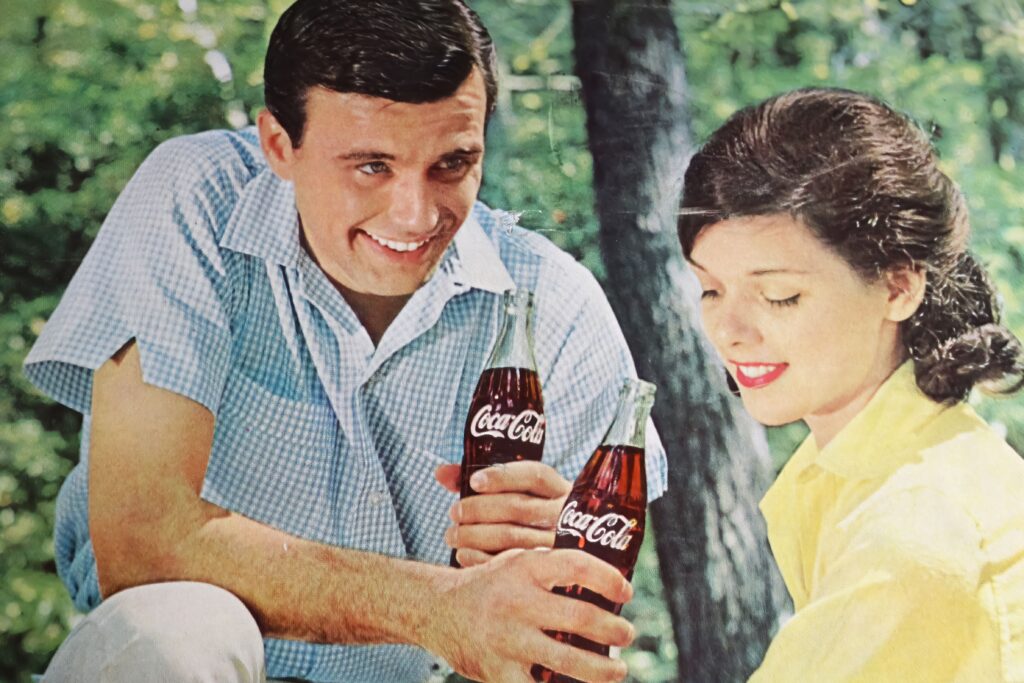
In the ’80s, Coca-Cola released a series of “Vitamin-Infused” drinks. The packaging featured claims that these beverages were packed with vitamins and minerals, making it seem like the perfect choice for health-conscious consumers. What the label didn’t highlight was that the drinks were loaded with sugar and artificial flavoring. The vitamin content was minimal, and these drinks were essentially just soda dressed up as something healthier.
Today, such marketing would likely violate advertising laws and health regulations. The FDA would require clear labeling that accurately depicts the product’s nutritional content, especially when health claims are involved. Any product marketed as “vitamin-infused” would need to prove that the added nutrients were in effective amounts. The era of overselling health benefits through packaging without accountability is over, and companies have to be more transparent now.
7. Post Toasties: “The Secret of Youth”
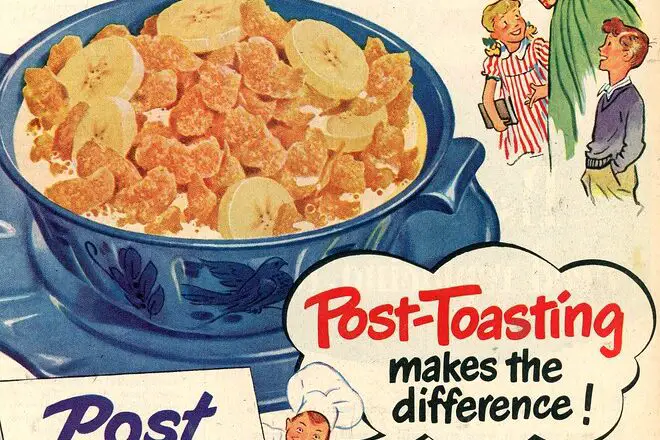
Post Toasties cereal packaging once boasted that eating the cereal could unlock “The Secret of Youth.” While the cereal itself was just a standard cornflakes variety, the label suggested that it had special age-defying properties. Advertisements at the time encouraged people to eat it for its “youth-enhancing” qualities, playing on the popular interest in longevity. This form of marketing was a blatant stretch, and in retrospect, it’s easy to see how misleading it was.
If a product were to make such outlandish claims today, it would face immediate backlash. Health claims like these would be seen as false advertising, and the company would be required to present scientific evidence to back up any statements made. In today’s marketplace, such an unverifiable promise would lead to lawsuits and regulatory actions. The packaging would have to be entirely reworked to ensure it aligns with current advertising laws.
8. Eveready Batteries: “The Battery that Lasts Forever!”
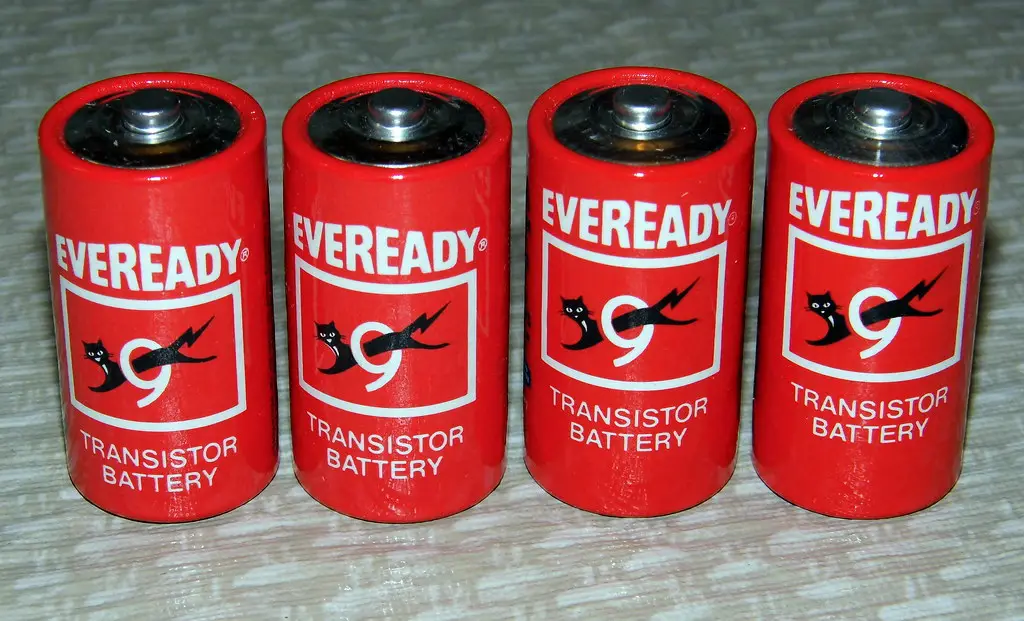
Eveready once marketed their batteries as “the battery that lasts forever.” The packaging featured bold statements about how these batteries would never run out of power, leading consumers to believe they were purchasing an incredibly long-lasting product. The reality, of course, was quite different—no battery lasts forever. While Eveready batteries performed well, the notion that they would never need replacing was an outright exaggeration.
Today, Eveready would likely face hefty fines for making such an unsubstantiated claim. Modern advertising regulations are clear: any product that makes a claim about longevity must provide evidence to support it. Today’s consumer would expect more realistic messaging, and “forever” promises simply wouldn’t fly in the battery industry anymore. Any packaging making such statements would have to be revised immediately under current law.
9. Sunkist Soda: “100% Orange Juice”
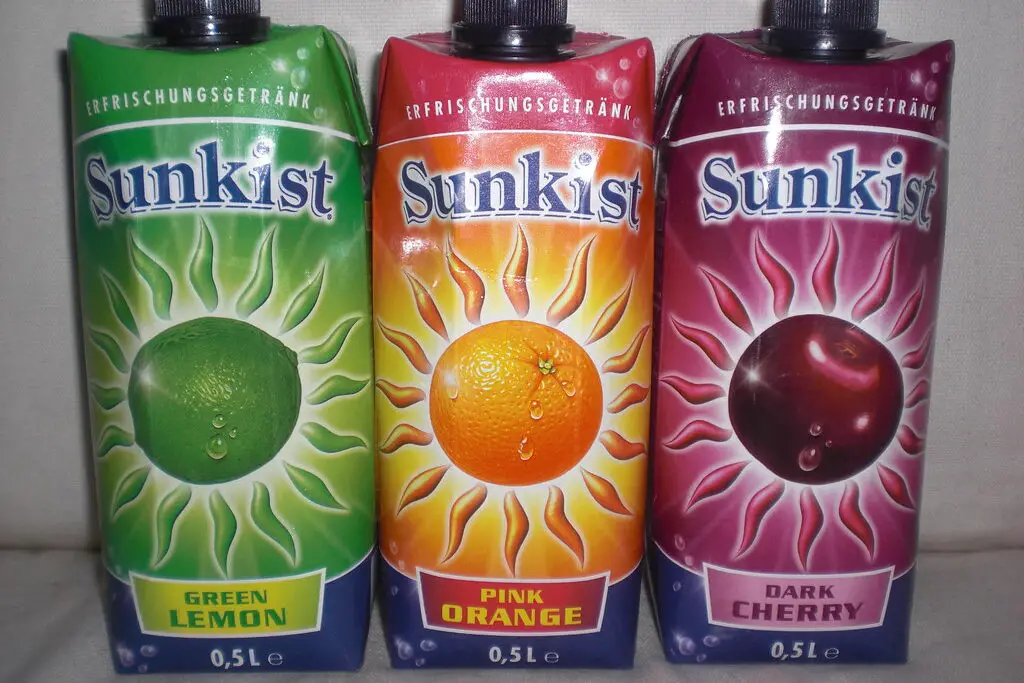
Sunkist once marketed its orange soda as being “100% Orange Juice,” which created the misconception that the drink was a healthy, natural choice. The bright orange packaging and refreshing images suggested a pure, fruit-filled drink. In reality, the soda was primarily sugar and artificial flavoring, with very little actual juice. The health-conscious consumer looking for a refreshing, vitamin-packed beverage was being misled by this claim.
Under today’s regulations, the claim would be scrutinized, and Sunkist would be forced to clarify that it was not, in fact, a juice product. The soda industry is now required to be clear about the ingredients used in their drinks, and misleading labeling like this would not be allowed. A product claiming to be “100% orange juice” today would have to contain real fruit juice, and the packaging would have to specify the percentage. Misleading claims about the contents of a drink are taken seriously today.
10. Cereal Boxes with “Prize Inside”
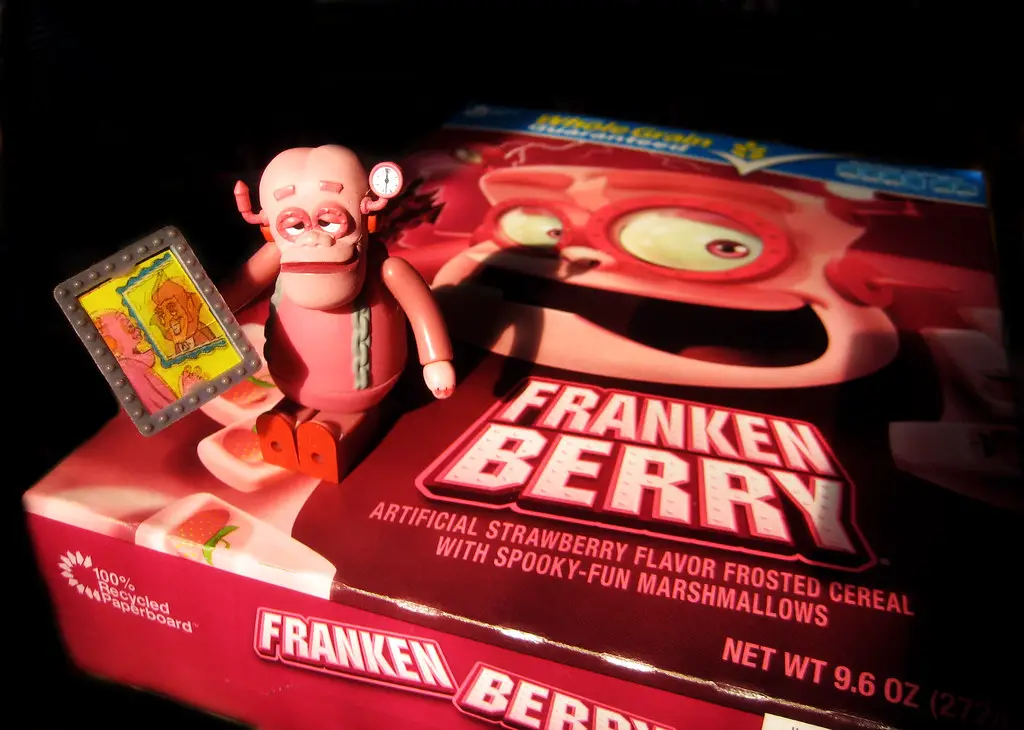
Cereal companies, particularly in the ’80s and ’90s, made big promises about the exciting prizes waiting inside their boxes. The packaging would prominently feature images of toys, games, and other fun surprises, making it seem like the box itself was just a gateway to something even more exciting. The reality, however, was that these prizes were often small, cheap trinkets that didn’t live up to expectations. They were often disappointing or missing entirely, leading to many frustrated kids and parents.
Today, this kind of advertising would be viewed as deceptive. Cereal companies would be required to disclose exactly what the “prize” would be and ensure that it met certain standards. If a product promised a toy or prize inside but failed to deliver, there would be significant legal consequences. Marketing claims like these are much more tightly regulated now, and any hint of dishonesty would be met with backlash and legal scrutiny.
11. Vicks Formula 44: “For a Cough-Free Night’s Sleep”

Vicks Formula 44 was once marketed as the ultimate solution for a restful night without coughing. The packaging promised that the medicine would “soothe your throat” and help you sleep, but it didn’t fully disclose the side effects. The formula contained a powerful sedative that would knock people out, making them feel like they’d gotten a great night’s sleep, but it wasn’t addressing the root cause of the cough.
Today, such a product would have to include clear warnings about the sedative effects, and claims about its effectiveness would have to be backed by clinical studies. Consumers would expect more transparency about the side effects, and the marketing would likely be adjusted to ensure it didn’t mislead users into thinking the drug was only about sleep. Misleading packaging like this would definitely raise red flags under current health and safety laws.
12. AquaNet Hairspray: “The Ultimate Hold”
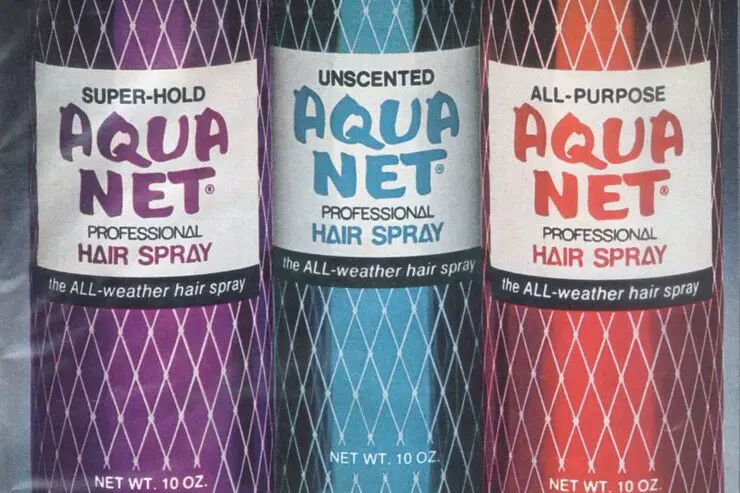
AquaNet hairspray became iconic for its powerful hold, but its advertising made it seem like the solution to every bad hair day. The packaging promised “The Ultimate Hold” without mentioning the potential long-term damage of overusing the product. It was marketed with images of perfect hair that would stay intact no matter the weather, but the strong chemicals often left hair stiff, brittle, and unhealthy over time. This led to countless people relying on a product that might have been better in moderation, without understanding the risks.
If AquaNet marketed itself the same way today, the packaging would have to include more accurate warnings about the possible effects of constant use. Today’s consumers are more knowledgeable about the ingredients in hair products and demand transparency in packaging. Misleading claims about hair care would be met with backlash, and the company would likely be required to include more responsible messaging about healthy hair care practices.
13. Gerber Singles: Baby Food for Adults
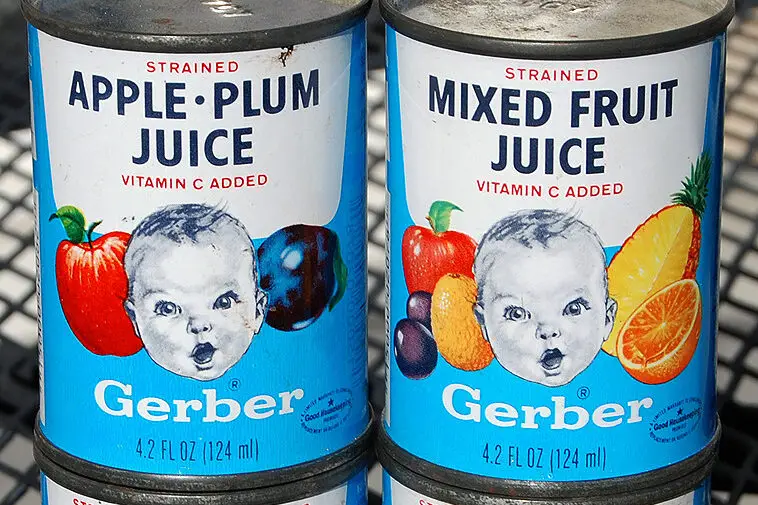
In the 1970s, Gerber decided to market single-serving jars of pureed foods to adults living alone. The packaging looked nearly identical to its baby food line, complete with glass jars and bland labels. The idea was to offer quick, easy meals like “Beef Burgundy” and “Chili Con Carne” in a familiar format, but it completely backfired. Consumers were turned off by the visual similarity to baby food, and the packaging didn’t make it clear that this was meant for grown-ups. It gave the impression you were eating from the nursery aisle.
Today, a brand couldn’t get away with that kind of confusing and borderline unappetizing presentation. Packaging must clearly communicate who the product is for, and mixing baby aesthetics with adult meals wouldn’t pass a marketing test. Regulations would require clearer distinctions in design and labeling to avoid misleading or alienating the target audience. Gerber Singles are now mostly remembered as one of the stranger missteps in food marketing history.
14. Wonder Bread: “Builds Strong Bodies 12 Ways”

For years, Wonder Bread advertised that it could “Build Strong Bodies 12 Ways.” That bold promise was splashed across its colorful, patriotic-looking packaging, making it sound like a nutritional powerhouse. But when you look closer, the “12 ways” were mostly just standard vitamins and minerals added through enrichment. The bread itself was white, overly processed, and lacking in natural fiber or whole grains.
If that kind of phrase showed up on packaging today, it would need some serious clarification. The FDA would demand specifics on what those 12 ways actually were and whether they had any real health benefit. Today’s nutrition-conscious shoppers would also likely reject the idea that heavily processed white bread was a health food. That kind of exaggerated health claim wouldn’t fly in a world where food marketing is expected to be both clear and honest.
15. Tang: “The Astronaut’s Drink”
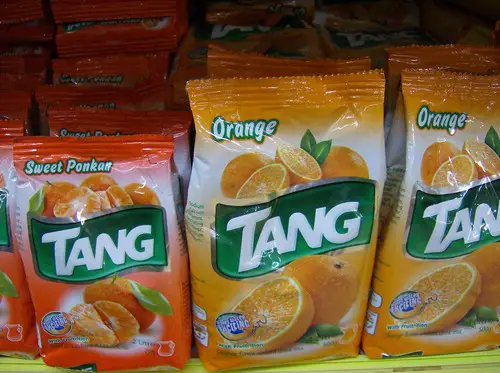
Tang got a huge marketing boost when NASA used it during early space missions, and the packaging ran with it. It showed astronauts floating in zero gravity and suggested that drinking Tang was practically patriotic. What the label didn’t emphasize was that Tang was essentially orange-flavored sugar water with added vitamins. It was marketed as a futuristic, science-backed drink, when in reality, it wasn’t much different from powdered lemonade.
If a drink tried to suggest today that it was good because astronauts once drank it, without clarifying the actual nutritional value, it would raise red flags. Using vague scientific endorsements or patriotic imagery to sell sugar-laden products wouldn’t pass modern advertising scrutiny. Tang’s packaging would need to clearly outline what’s in it and avoid implying unearned health or performance benefits. Back then, it was a brilliant spin, but today, it would need a complete rethink.
16. Libbyland TV Dinners: The “Balanced” Meal
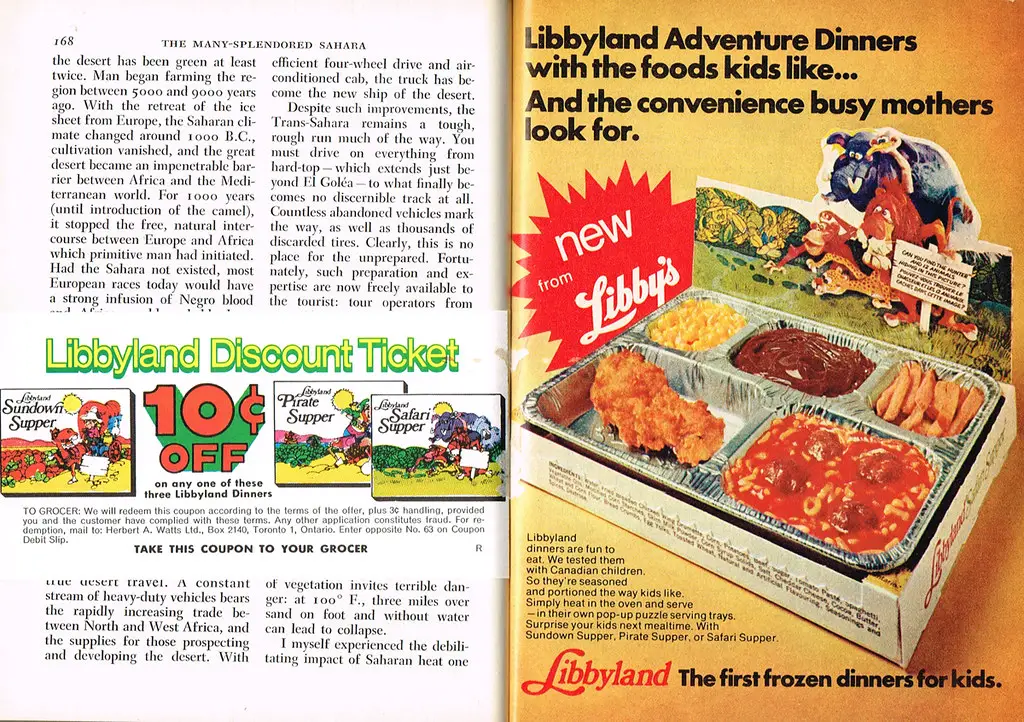
Libbyland frozen dinners were marketed as wholesome, complete meals for kids. The packaging was bright and playful, featuring cartoon characters and phrases like “fun and nutritious.” Each tray came with things like mini burgers, chocolate pudding, and bright orange macaroni, but nutritionally, it was far from balanced. It gave the impression that these were smart, parent-approved meals, when in fact, they were high in sodium, sugar, and artificial dyes.
Today, that kind of packaging would be under intense scrutiny. Words like “nutritious” can’t be tossed around lightly anymore without meeting certain health standards. Brands are required to back up those claims with facts and nutritional labeling. Libbyland would have to overhaul its design and marketing strategy if it hoped to pass regulatory approval now.
17. Fruit Roll-Ups: “Made with Real Fruit”
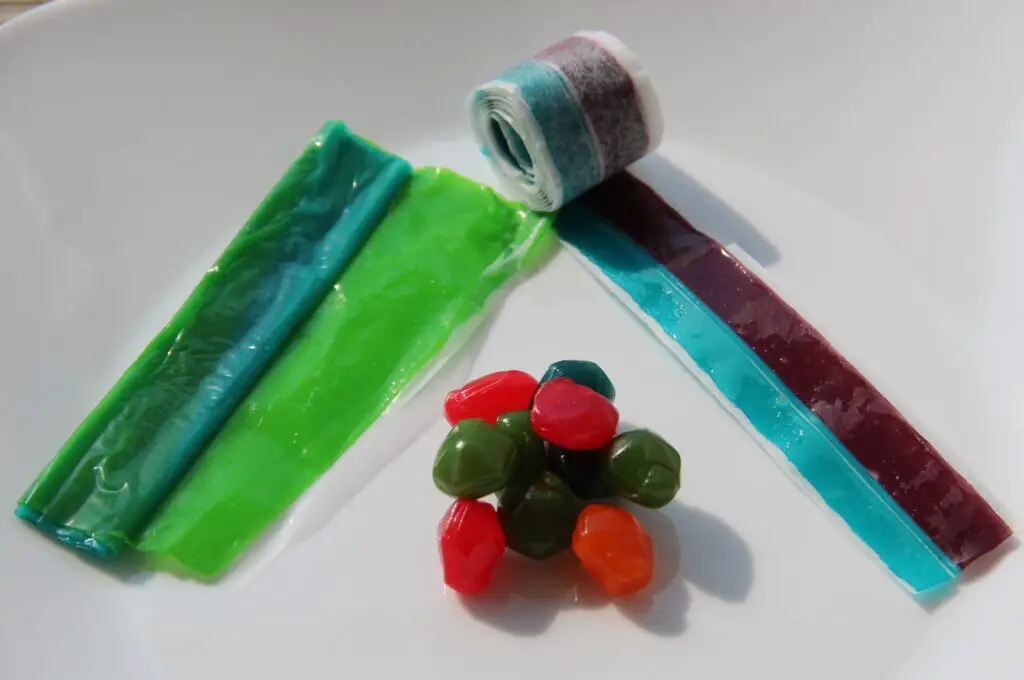
Fruit Roll-Ups were a lunchbox staple in the ’80s and ’90s, and the label proudly proclaimed that they were “made with real fruit.” The packaging was bright, fun, and felt reassuring to parents, especially when they saw fruit slices on the front. But the reality was that the fruit content was minimal, and the snacks were mostly sugar and corn syrup with artificial colors and flavors. It gave the impression that these were basically fruit in candy form.
Today, that kind of label would have to be far more transparent. “Made with real fruit” would need to be backed by the actual percentage of fruit used, and the sugar content would need to be highlighted. Parents today are more label-savvy and demand clarity in what they’re feeding their kids. Fruit Roll-Ups would still probably sell—but the packaging would look very different under today’s advertising standards.
18. Minute Maid Juice Boxes: “No Sugar Added”
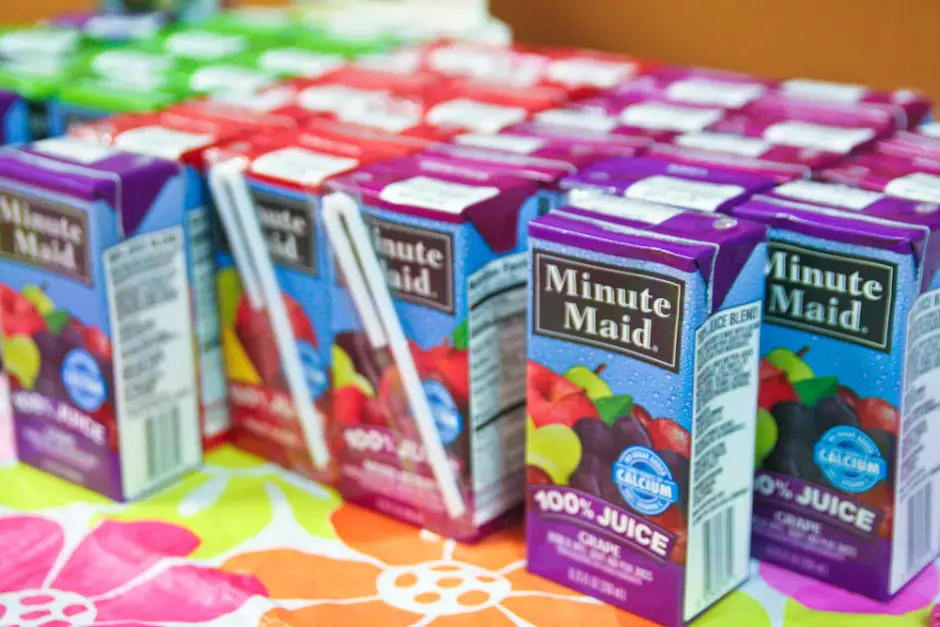
For years, Minute Maid juice boxes were a staple in school lunches, with packaging that emphasized “no sugar added.” That phrase made many parents feel good about tossing one in a lunchbox. What wasn’t clear on the front label was that fruit juice itself is naturally high in sugar, and these drinks were still packed with it. The phrase “no sugar added” led people to believe it was a low-sugar, healthy choice.
These days, regulations require more context. Brands can’t highlight “no sugar added” without clarifying the total sugar content and whether it’s naturally occurring or from concentrate. Minute Maid would likely need to include additional nutritional details on the front to avoid misleading consumers. That sunny, innocent-looking box wouldn’t get a free pass with today’s parents—or the FDA.
